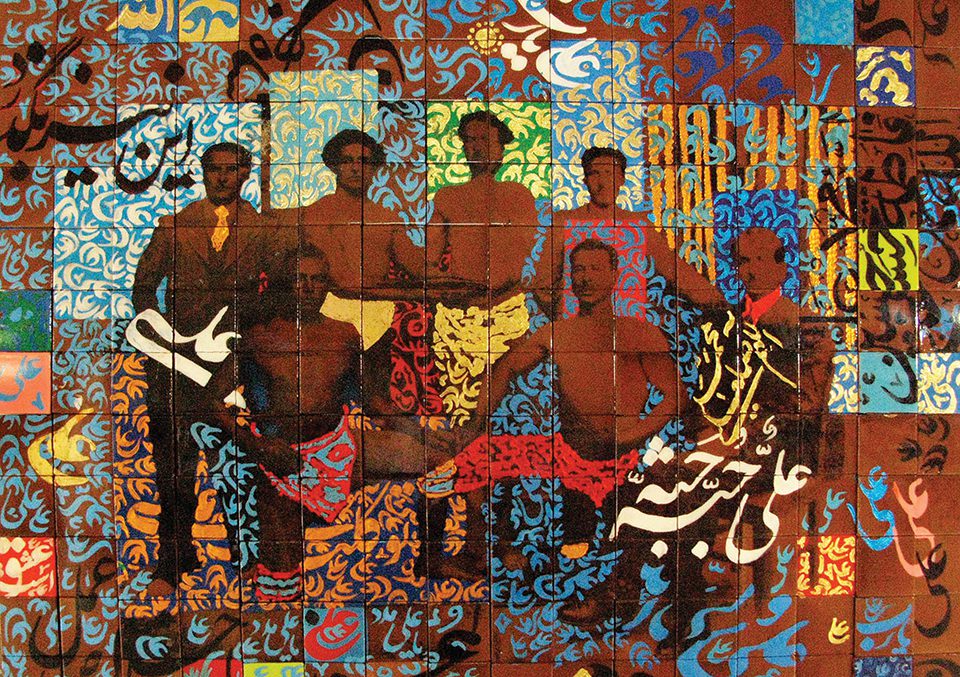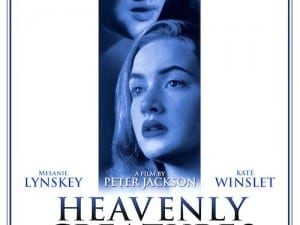In the media age, images of the Middle East saturate the quotidian, often unnerving and leaving a negative impact on the viewer. Daniela da Prato of F&A Projects challenges stereotypes, and invites us to reconsider cultural preconceptions.
In a post-9/11 world, words such as: politics, religion, gender, east, west, fear, Axis of Evil, Weapons of Mass Destruction, war and freedom define an undercurrent of Western sentiment. With the US and the UK leading the “war on terror”, ultimately redefining cultural ideologies and profoundly altering the subconscious of our societies, the Middle East is represented by images of war and destruction. In a world driven by these images, constantly portraying cultures from the Middle East as one homogonous “Other” and using misleading stereotypes is creating a wave of xenophobia and Islamophobia.
It’s not a surprise that art being produced in the Middle East challenges these notions, resisting Western definition and adherence to expectations. Contemporary art from the Middle East espouses a vibrant range of dialogues and debates, invigorating the international art world through its mediation and analysis of identity and the human condition in both a local and global context.
Golden Gates, a new group show featuring some of the most dynamic work by contemporary artists from the Middle East, opens in Paris this October. Curated by Daniela da Prato of F&A Projects, da Prato presents this insightful exhibition showcasing paintings, drawings, sculptures, photographs and installations by a cross-generational selection of artists who represent a diversity of voices from across the region. Coinciding with the FIAC (France’s International Contemporary Art Fair), when the art world’s focus is on Paris, Golden Gates is a follow-up to 2008’s Breaking News: Contemporary Art from the Middle East. The exhibition provides an unparalleled opportunity to see the artistic creativity emerging from countries including: Egypt, Iran, the United Arab Emirates, Palestine, Lebanon and Turkey. As art world insiders look to the Middle East as the most interesting emerging market, this show takes an in-depth view and looks set to challenge our cultural preconceptions.
While the work on show is often a response to local themes in a region undergoing significant changes in cultural, economic and geo-political fields, it also reveals a new creative perspective on global issues. Themes tackled by the artists in Golden Gates include: the human condition, the environment, urban life, consumerism, the role of women and notions of tradition and iconography. Golden Gates includes: Hassan Sharif’s critiques of consumerism, Zena El Khalil’s reactions to life in Beirut, Amal Kenawy’s transformational sculpture, Mehran Mohajer’s photographs of urban life and Hale Tenger’s work on the issues of progress and human civilisation. These works highlight the impact of new and emerging spaces for contemporary art in the Middle East. Many of the 18 artists showing in Golden Gates have work in museum collections and have participated in a number of Biennales including the ongoing Venice Biennale.
da Prato is keen to point out the universality of this show. It’s not only about artists from the Middle East, but also about leaving a legacy, and creating longevity. “Golden Gates represents the region in a way that connects the audience and the artists beyond the political and the social context that we are aware of through the media. To enable these artists to give new perspectives on contemporary issues, which they are facing, and it’s important to focus on the fact that the artists deal with contemporary issues that are not only local and regional, but also global.” Although, da Prato’s conviction is that audiences will view this show for the art, resisting any labelling whatsoever, inasmuch that “one could think it was work coming from England or the US”, this begs the question, is it possible to divorce the artist from the region?
da Prato is earnest, she wants to see these artists’ careers grow, and for their work to enter private collections, as well as public galleries and museums. She admits that “some of the works do address the political and social context, but this is not a theme I want to address. I do not want it to be regarded as another show that focuses on the social and the political. I want it to be another art show like any other in Europe or the US.” With this overarching idea behind the show, remarkably, it does transcend its name, and the show presents work from the Middle East that isn’t necessarily all about the Middle East, but rather themes everyone can relate with, such as globalisation and the environment.
With 18 artists involved in the exhibition the range of works is vast. Amal Kenawy (b. 1974, lives and works in Egypt) uses a variety of media ranging from photography, video, installation, sculpture and painting to explore the relationships between man and the world around him, the influence of violence and the world of illusion against a backdrop of memory. Her new works for Golden Gates are two paintings and a sculpture in which an object associated with suffering (a gas mask) is transformed through being gilded in gold and embellished with crystals, representing a departure from the media she has previously worked with.
A painter and installation artist, Huda Lufti (b. 1948) is one of the pioneers of contemporary art in Egypt. Her works are influenced by her country’s historical past, its popular and cultural artistic traditions, the socio-political turmoil surrounding women, as well as issues such as globalisation and its impact on local culture. Assuming the role of archaeologist, she searches for found objects, which she then re-packages so that recognisable objects, figures and icons are re-contextualised, and made to tell a different story. In Golden Gates she is showing two new works: Metamorphosis, a triptych commenting on females aging, consisting of female busts and photo images of Egyptian Diva Umm Kulthum; and Femme Gaultier and Egyptian Pop, an installation composed of 15 Gaultier bottles, which brings together industrial design and Pop culture in a commentary on cultural consumerism.
Khosrow Hassanzadeh (b.1978) has rapidly become one of the most prominent figures on the Tehran contemporary art scene. Documenting key moments from his private life and society at large, he often uses elements from the popular visual culture of Iran, thereby relating his work to Pop Art, ready-made or “magical realism”. As his teacher Aydin Aghdashloo has remarked, through his art Hassanzadeh “observes the world around him and tests these observations against the reality of his own experiences. Yet his work encompasses global human themes. He surrenders himself to his roots, thus tapping into a rich source of common human experience – compassion, kindness, cruelty, and anger. The central drive of his expansive work has been the refusal to allow the world to turn its back on truth and the full range of human experiences.” Blending traditional iconography with contemporary aesthetics, Hassanzadeh will be showing a new large scale work, Ya Ali Madad Ceramic, composed of screen printed ceramic tiles – the first time he has worked with the material.
Golden Gates is not the first show of contemporary Middle Eastern artists. Some recent European shows include: Cairo Modern Art in The Netherlands (2001), Out of Beirut, Modern Art Oxford (2006), The Present Out of the Past Millennia / Contemporary Art in Egypt, Kunstmuseum Bonn (2007), and more recently Unveiled: New Art From The Middle East, Saatchi Gallery (2009).
da Prato does not want Golden Gates to be just “another show”, an opinion shared by most curators. However, she is adamant: “One of the reasons why I don’t want people to look at this as a product of the Middle East is because it’s a short term view, which can lead to a trendy and fashionable process, which hurts the artists once the interest in the Middle East has passed or switches to another region just as it happened in India or China. If you have a vision based on art and the understanding of artists in the region, as opposed to one just connected to the region and geo-political issues relating to the region then you have a chance for the artist to last longer.”
Longevity is the key word for da Prato. She is asking visitors to shed their preconceptions and not focus too much on the political, a tall order, but her understanding of the Middle East and the impact of trends on the art market makes her approach admirable. Golden Gates ran from 20 October – 13 November 2009 at 46 Rue de Sévigné, Paris, France.
Cherie Federico




